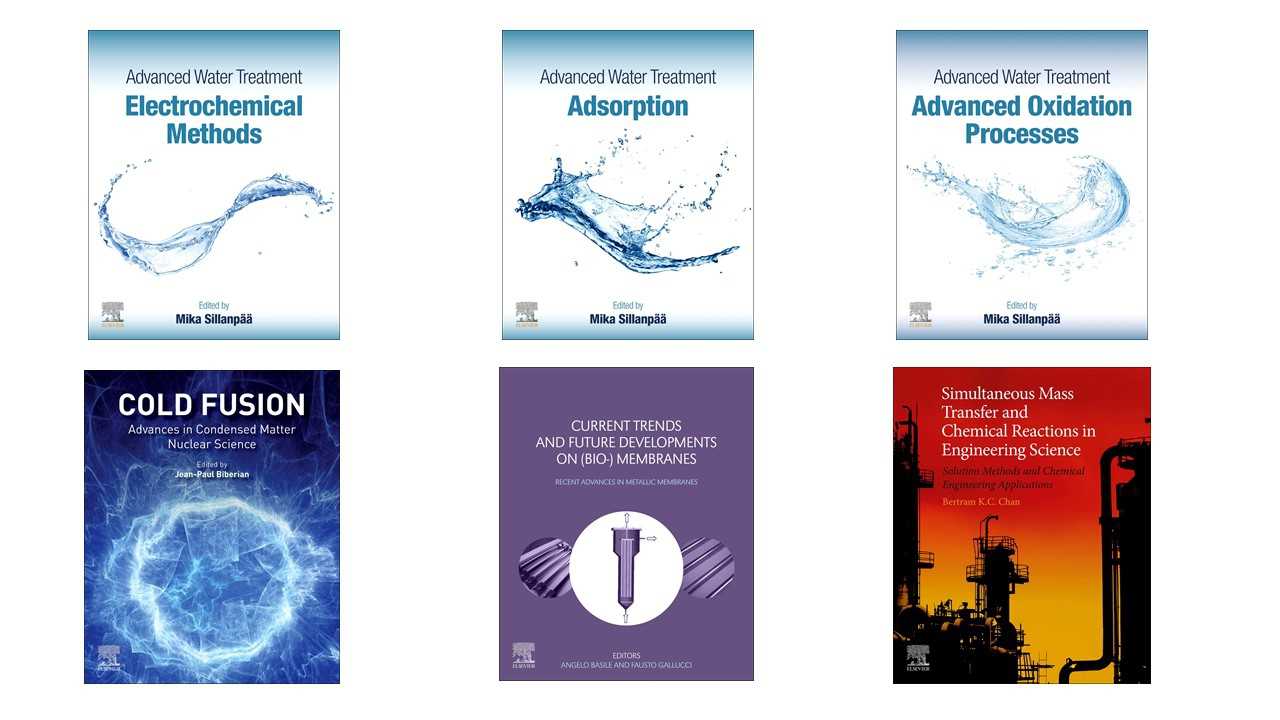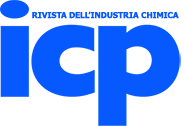Six New Chemical Engineering titles from Elsevier

Elsevier announced the publication of six new books in the area of Chemical Engineering.
Advanced Water Treatment: Electrochemical Methods
by Mika Sillanpää
This book reviews the current state-of-the-art in the electrochemical-based methods for water treatment, the effectiveness of the electrochemical oxidation technique in inactivating different primary biofilm-forming paper mill bacteria, as well as sulfide and organic material in pulp and paper mill wastewater in laboratory-scale batch experiments. Various electrodes are described, including boron-doped diamond, mixed metal oxide, PbO2, and their impacts on inactivation efficiency of parameters, such as current density and initial pH or chloride concentration of synthetic paper machine water.
Advanced Water Treatment: Adsorption
by Mika Sillanpää
This book discusses the application of adsorption in water purification. The book reviews research findings on the preparation of five different nano/microcellulose-based adsorbents, their characterization, the study of adsorption kinetics and isotherms, the determination of adsorption mechanisms, and an evaluation of adsorbents’ regeneration properties. The book describes modification microfibrillated cellulose (MFC), the use of succinic anhydride modified mercerized nanocellulose, an aminosilane, and hydroxyapatite modified nanostructured MFC for the removal of heavy metals from aqueous solutions.
Advanced Water Treatment: Advanced Oxidation Processes
by Mika Sillanpää
This book reviews the most recent research findings and discusses new photocatalysts (such as TiO2, etc.) and their performance under different conditions. Furthermore, the book includes the use of UV LEDs (with H2O2) for the decomposition of organic pollutants and bacteria in various conditions and water samples. Advanced oxidation processes (AOPs) have widely been used in water and wastewater treatment. This book highlights their work towards improving energy-efficient and environmentally friendly technology for growing needs in water treatment.
Cold Fusion: Advances in Condensed Matter Nuclear Science
by Jean-Paul Biberian
This book provides a concise description of the existing technological approaches in cold fusion or low energy nuclear reaction engineering. It handles the chemistry, physics, materials, and various processes involved in cold fusion, and provides a critical analysis of obtained theoretical and experimental results. The book has a very international appeal with the editor from France and an international pool of chapter authors from academia and industry. This book is an indispensable resource for researchers in academia and industry connected with combustion processes and synthesis all over the world.
Current Trends and Future Developments in (Bio-) Membranes: Recent Advances in Metallic Membranes
by Angelo Basile and Fausto Gallucci
This book presents recent developments in metallic membranes used in membrane reactors to save energy. It also offers a comprehensive review of the present state-of-the-art on the fabrication and design of metallic membranes and membrane reactors, considering various applications. This book focuses on the structure, preparation, characterization, and applications of metallic membranes and membrane reactors, as well as transport mechanisms and simulation aspects. As recent research has focused on the development of metallic membranes and their applications, this book is an ideal reference on different production procedures and their use.
by Bertram K.C. Chan
This book illustrates how mathematical analyses, statistics, numerical analysis, and computer programming can summarize simultaneous mass transfer and chemical reactions in engineering science for use in solving problems in quantitative Chemical and Biochemical Engineering design and analysis. The book provides statistical methodologies and R recipes for advective and diffusive problems in various geometrical configurations. The R-package ReacTran is used to showcase transport models in aquatic systems (rivers, lakes, oceans), porous media (floc aggregates, sediments, …), and even idealized organisms (spherical cells, cylindrical worms, …).
















